What is a Pilonidal Cyst?
A pilonidal cyst is a rare sac in the skin that usually contains skin and hair debris. In most cases, the cyst is located near the tailbone, at the top of the buttocks.
Pilonidal cysts usually occur when a hair pierces the skin and then becomes ingrown. If they become infected, they can be very painful. The cyst can be removed through a small cut in the skin. Sometimes surgery is needed.
Pilonidal cysts are more common in young adult men and the problem often recurs. People who sit for long periods of time are at higher risk for developing these types of cysts.
A pilonidal cyst may not cause any symptoms. But if it is infected, the skin around the cyst may become swollen and painful. Symptoms of an infected pilonidal cyst may include:
- A pit near the top of the crease between the buttocks.
- Pain.
- Red and swollen skin.
- Pus or blood oozing from an opening in the skin.
- Unpleasant odor of suppurated pus.
What treatment do we offer?
Laser surgery
In some cases, the laser is also used for surgery on sacral cysts, performing curettage of the cyst pathways with a radial probe or a controlled resection with a longitudinal probe.
En bloc resection of pilonidal cyst
En bloc resection of the cyst and closure, whether primary or secondary. These are the most common techniques.
- Leaving the wound open. In this case, the surgeon leaves the wound open and bandages it with a dressing. This allows the area to heal from the inside out. This takes longer, but reduces the likelihood of the cyst coming back.
- Closing the wound with stitches using flap rotation, H plasty and Z plasty. In this case, the surgeon closes the wound by applying sutures, in order to cope with the skin without tension.

